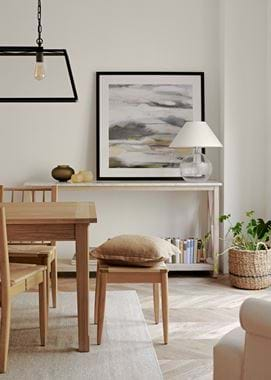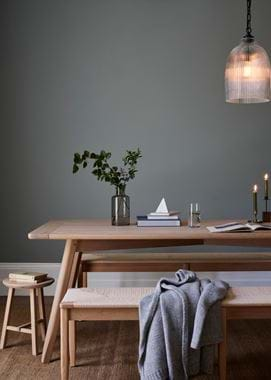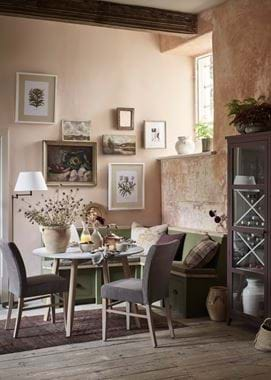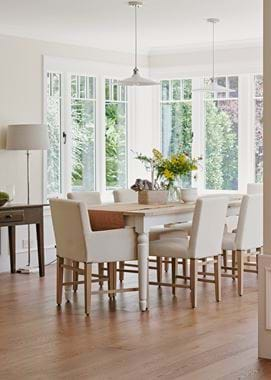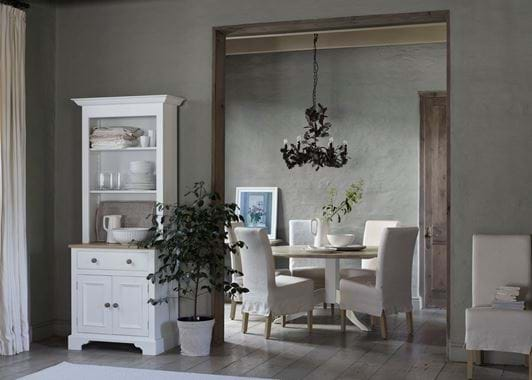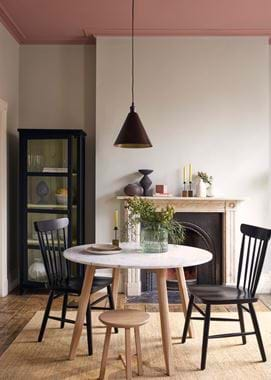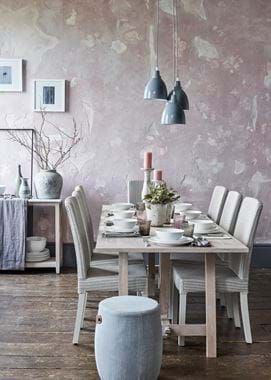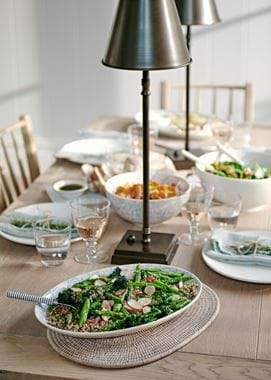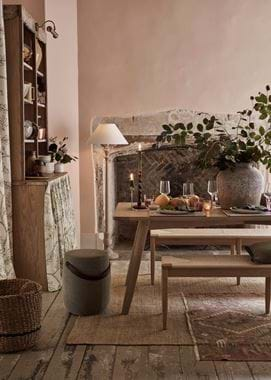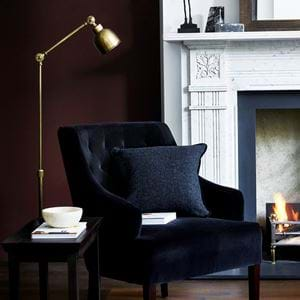Lighting your dining room: an interior designer’s tips
Lighting your dining room: an interior designer’s tips
Since 2012, London-based interior designer Samantha Todhunter has run her own studio, drawing on her well-trained eye and expansive design knowledge honed while working as a journalist and art director for magazines such as Vogue Living Australia, Harper’s Bazaar and House & Garden. She creates spaces that balance a relaxed informality with elegant sophistication. “I like mixing it all up, nothing’s ever quite matching,” she says. Combining details both traditional and contemporary, her projects span the globe, from San Francisco and Aspen to London, Paris and Switzerland. Here, she gives us her tips on creating atmospheric lighting for the perfect dining room experience.
Creating atmospheric lighting is the very first rule for a dining room. Now, with the new Lutron lighting systems, there’s all sorts of moods you can create, but if you’re not having one of these installed, there are other ways to layer light to help enhance the dining experience at home, whether it’s eating as a family during the week or entertaining friends at the weekend.
Making a statement
The dining room is the perfect place for a dramatic pendant light. You could hang a cluster of three or five lights or use it as an opportunity to showcase an elaborate chandelier. Think big! Hunt down something special – my favourite places for interesting pendant lights and chandeliers include antiques markets and dealers like Guinevere. Even in a clean, pared back space, a pretty, decorative antique chandelier can provide a lovely contrast. A large pendant light or chandelier works best hung above the centre of the dining table but make sure it’s dimmable so you can drop the brightness down to a warm glow during dinner parties.
All in a row
Hanging pendant lights quite low in a row over a dining table delivers lovely pools of light. And if you’re entertaining in a kitchen and you want to lose the sense of your surroundings altogether, just having light washing along the table from low-lying pendants is very effective.
Rise and fall pendant lights provide good flexibility, but if that’s not an option, be sure to set the height of the lights very carefully, considering tall guests. (Ask yourself when choosing a light, what would it feel like if someone did hit their head on it? I once installed an amazing chandelier where pieces of metal jutted out dramatically like a starburst, but we set it a little bit too low and it seriously threatened to poke someone’s eye out.) As a rule of thumb, I generally hang them 90cm above the dining table.
To avoid people having to look directly at a bulb, I use crown-topped bulbs in either silver or gold, which send the light upwards, or a decorative filament bulb which, when dimmed, isn’t harsh on the eye.
In the spotlight
It can be very romantic to spotlight a beautiful object in the corner of a room (or indeed, in all four corners of a room), a large vase of flowers on a console, or paintings on the wall. There’s nothing more alluring than a dinner party where just the paintings are lit, and the chandelier or sconces are dimmed right down. Small plug-in uplighters can sit on the floor or on a table which you can then use to shine up through some branches or at a painting.
Wall lights
I just love wall lights – I try to frame a space symmetrically by placing either two equidistantly on each side of a dining room, or one at either end. They add another layer of atmosphere – if you have a wall lined with an interesting finish such as a rough-shot silk or linen or a textured grass cloth, sconces with simple tapered shades can create a wash of wonderfully-curved scalloped light down the walls.
Candlelight
It would be the ultimate luxury to have a client who just wanted a dining room lit by candlelight, but it wouldn’t be very practical. At home, I have quite an old-fashioned dining room and no lights, so I use a pair of beautiful silver candelabra – very traditional with four stems each – filled with creamy beeswax candles. But any table can be candle-lit – dim all other lights in the room and lay rows of tea lights in a mix of dishes (really, you can use anything, from teacups to cut glasses) down the centre of the table. Or collect candlesticks of varying heights and fill them with the very thin Ester & Erik tapered candles or American chandler Doug Collum’s candles which look like sticks and twigs (stickcandles.com).
Table lamps
Table lamps are another way of bringing in a sculptural or textural element to a room. Dress a drinks trolley, sideboard, console or dresser with table lamps to add more layers of light and interest to a dining space. Even moveable side tables can provide another surface for a lamp which brings an added glow to the sides of the room. It’s all about the layering.
I’m really into glossy shades right now – for my recent collaboration with Collier Webb, we used gloss card shades in simple drum or slightly tapered shapes, lined with gold which just warms up the light even more.
In a room where the ceiling height isn’t great, or if you don’t have space for table lamps on a sideboard, floor lights look great illuminating a corner of a room, and they can be interesting design statements in themselves.
Recessed lighting
When it comes to recessed lighting, less is more – don’t create runways of lights across the ceiling. Think about what they’re lighting – use them specifically to pinpoint an artwork or sculpture for a more interesting effect. Don’t feel you have to put as many in as people often do – personally, I think a room looks better when it’s a little under lit.
Explore our lighting collection here

